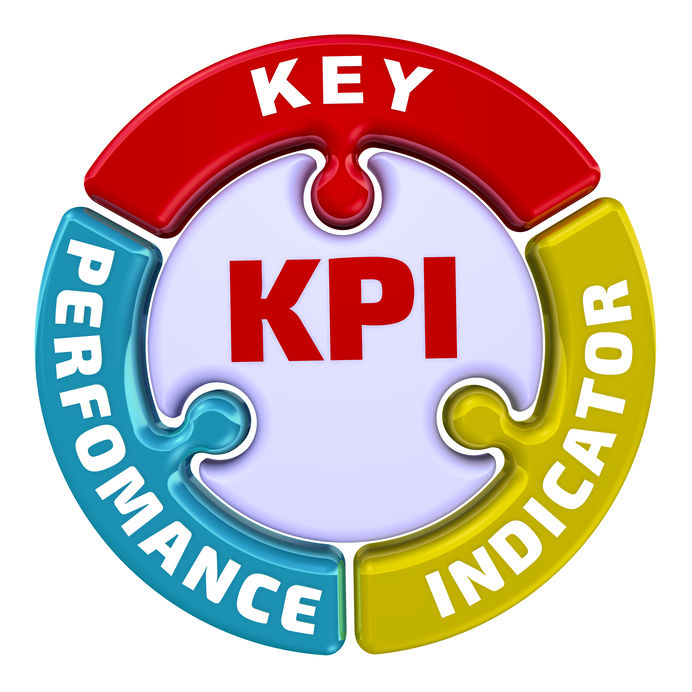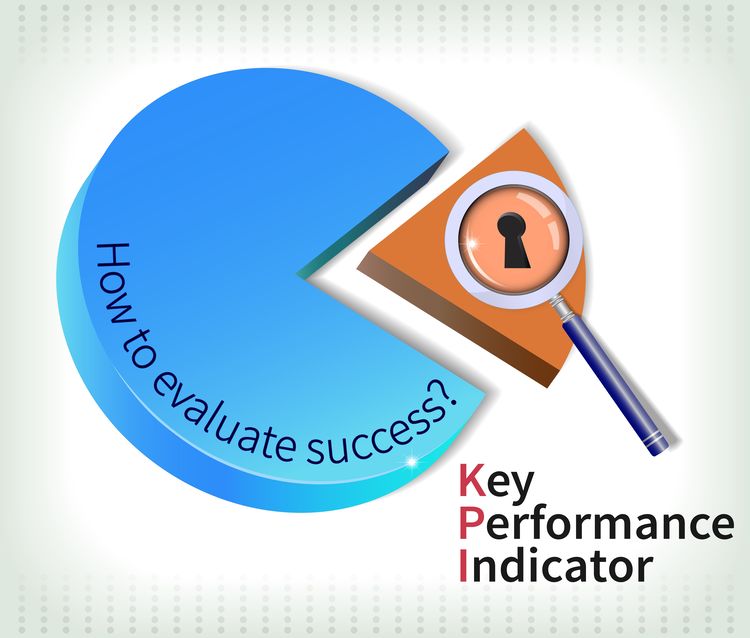
A company’s website is one of its most vital resources. For most businesses, a website is an essential marketing tool. It provides visitors with valuable information that will help convert them from prospects to customers. Additionally, with the increase of digital communication and remote workplaces, a website can also act as a headquarters for business transactions, often more so than a physical storefront or office. That’s why optimizing your website for prospects and customers is crucial. To help you accomplish that goal, here are the top metrics, or KPIs, to consider when evaluating and fine-tuning your website’s performance.
What Are KPIs and How Do You Determine Them?
A key performance indicator, or KPI, is a vital metric for evaluating the success of your organization and its strategies for achieving objectives. They are numerous KPIs used to assess the success of an organization or a particular initiative as determined by its objectives. Examples include revenue, engagement, generated leads and customer retention.
Organizational goals and benchmarks determine the KPIs. In order to establish viable and meaningful KPIs, use the following steps:
- Establish goals and objectives.
- Establish critical success factors (CSFs) and quantify them wherever possible. Examples include increased revenue, converted leads, number of click-throughs or downloads.
- Use analytics to accumulate data, or “measures” that determine metrics, which are expressed as ratios, averages, rates or percentages.
- Determine metrics that represent growth or change rates of your CSFs.
- Establish quantifiable and realistic KPIs for each CSF.
- Review KPIs on a regular basis and adjust as needed.
Top KPIs for Website Evaluation

There are a number of areas to consider when establishing KPIs for your website. Here are the top seven metrics we recommend in the areas for marketing, IT, design and analytics teams to help them target their KPIs.
- Bounce rate is the percentage of site visits that are “single page sessions” (the visitor leaves before viewing a second page.) Bounce rate is calculated by the total number of one-page visits divided by the total number of entries to a website. The bounce rate varies and may depend on type of webpage content, landing page purposes and so forth. Strive for a low bounce rate, especially if the purpose of the page or content is to facilitate further interaction such as the use of the homepage menu, entering information to gain access to gated information or interaction with blog links.
- Unique website visitors are first-time visitors to your website. Unique website visitors are determined by the users’ IP address, combined with a cookie on the browser they are using, so they are only counted once. This number determines how many people are looking at your website, growth over time and any spikes that may occur. This number is particularly important for tracking individual marketing initiatives, advertisements or email campaigns that feature a link to your website.
- Pages viewed per session is the average number of pages viewed by a visitor. Ideally, you want a prospect to spend a lot of time on your website. It’s also important to optimize your site so they can find what they need as quickly as possible. Spinutech determined that the unofficial standard is two pages viewed per session. That said, evaluate factors such as what type of content they’re viewing, which page they bounced from and other behavior. Follow the prospects’ click trails to best interpret their interests.
- Average time on page is a metric that helps illustrate a user’s engagement. This is particularly helpful to determine what types of content users are spending time on and seem most interested in. The industry standard is two to three minutes per page. Setting a KPI for this metric depends on the type of page and content. For example, a menu page of links should have a low average, whereas a 10-page white paper should have a higher average of time spent.
- Top landing pages help determine where and how users are finding you. Is your homepage your top landing page? Or does a blog post or article lead the pack? Utilize and optimize landing pages to help guide users through the sales funnel. Gauge when the top landing pages change due to new marketing campaigns, shares or other engagement. A KPI, for example, may be to increase the number of users landing on a new white paper or blog series after its release and corresponding email blast.
- Top exit pages are also important because they determine where user engagement ends or where they’re headed next. Examine top exit pages for outbound links, lack of engaging content or a need for a call-to-action to optimize the visitor’s experience.
- Conversion rate is a specific metric dependent on a pre-determined goal. Conversion may be in the form of a prospect who turns into a client, or simply a user who downloads content or signs up for a newsletter. This metric is one of the few that directly reflects business and website goals. This means specific and segmented objectives are important. The industry standard for a conversion rate is approximately two percent. A low conversion rate may mean lack of calls to action, unengaging content or poor ease of access to communication or representatives. The more specific the goal of your conversion, the easier it is to determine success or failure and adjust accordingly.
Intelligence and Insight

Without a clear and straightforward way to monitor and evaluate what is and what isn’t working on your website, you won’t know whether you’re on the right track, or when to make course corrections when necessary. When visitors spend time on your website, they are more educated, more engaged, more brand aware and more likely to make a purchase. By continually reviewing your website metrics and establishing viable KPIs, your company can optimize its website for user engagement and conversion for the best possible results.
